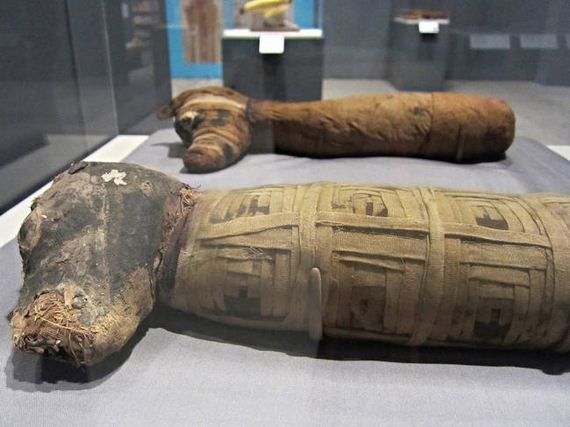
Two dog mummies, wrapped in a decorative style, may have been intended for Anubis, god of mummification, funerals, and death. 510-230 BCE.
Pet cemeteries and other services for pets might seem like a modern invention (or modern frivolity, depending on how you view it). Yet people have always found the need for animal burials. The most popularly-known people to extend funerary services to animals were the Egyptians, whose relationships with animals also included religious beliefs, like the cat worship in honor of the goddess Bastet.
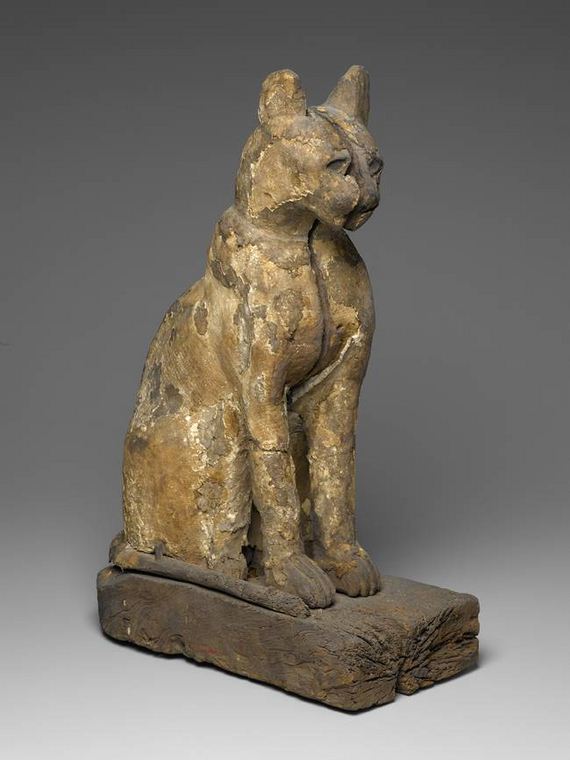
A cat coffin with a mummy inside. 664-332 BCE.
Soulful Creatures: Animal Mummies in Ancient Egypt, an exhibit put together by the Brooklyn Museum, is currently traveling the U.S. It features 30 animal mummies from the later periods of ancient Egyptian culture. Never before catalogued, this incredible collection is getting examined for the first time, and hopefully shedding light on the practice of animal mummification.
Surprisingly, the staff at the Brooklyn Museum’s Conservation Laboratory found that the showier the outside, the less well-preserved the animal inside. Even though they were buried in elaborate wrappings and coffins, it seems that the Egyptians usually embalmed animals in a similar manner to the way they embalmed people.
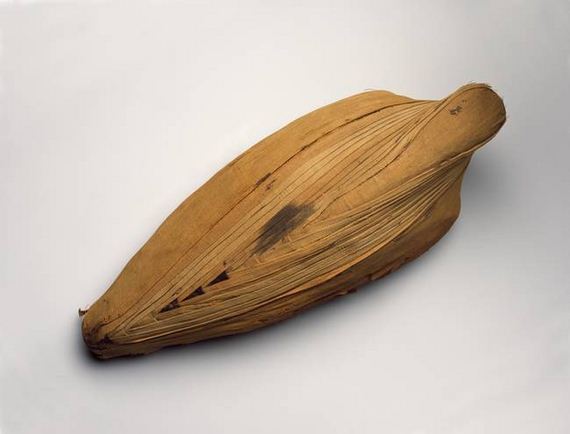
An ibis mummy in its wrappings. 410-200 BCE.
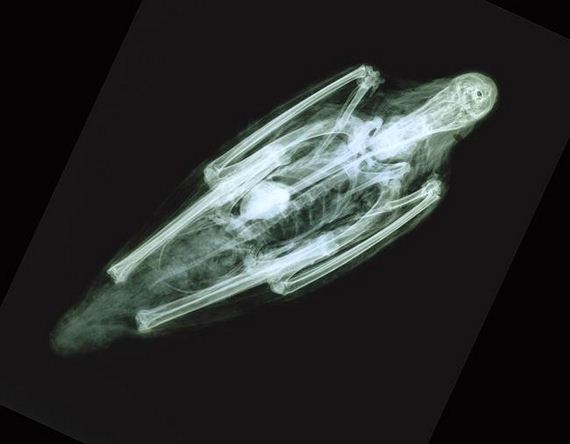
An x-ray of the ibis mummy.
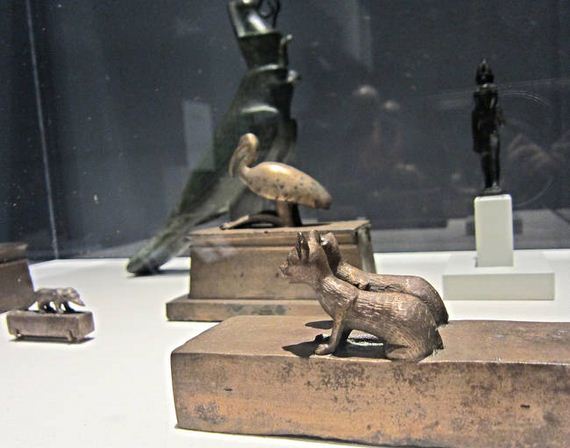
A coffin for kittens (foreground), 850-540 BCE.
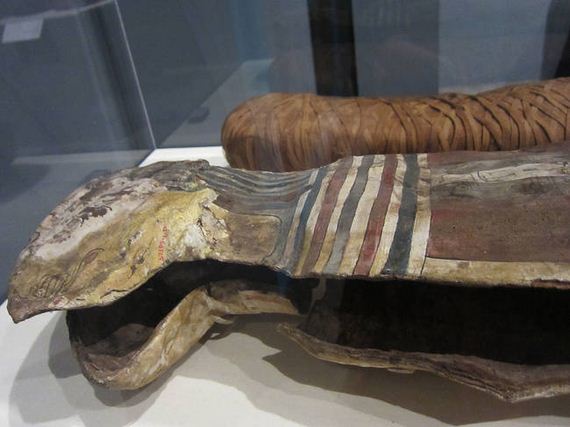
This cat mummy was encased in a cartonnage, or a plaster-and-paper covering similar to paper mache, which was then painted. 750-390 BCE.
The researchers believe that animal mummies were typically the product of votive offerings to gods. The animal mummies would be offered to certain gods depending on their species, and were believed to pass on messages from humans to the divine. In a way, they’ve been wonderful messengers, if not with the divine, then through time. Other times, farm animals would be included with humans in tombs, intended as food for the afterlife.
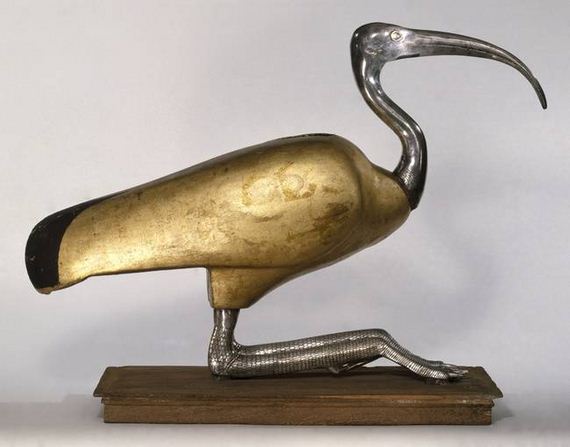
An ibis coffin. Ibis, which are long-necked, long-beaked river birds, would have been associated with Thoth, the god of knowledge. Thoth was typically depicted as a man with an ibis head. 305-30 BCE.
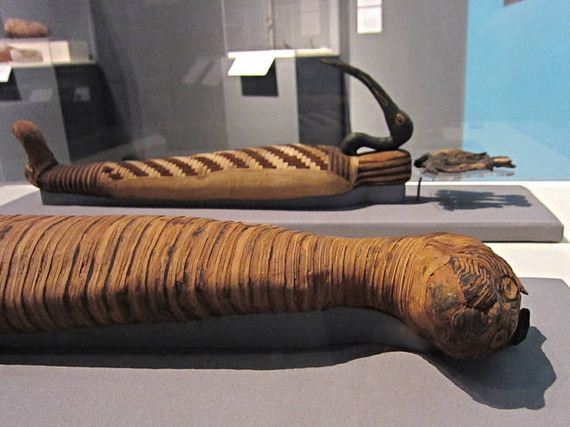
A cat mummy (780-390 BCE) with an ibis mummy (30 BCE-1st century CE). Despite the difference in their time periods, the practice remained remarkably similar.
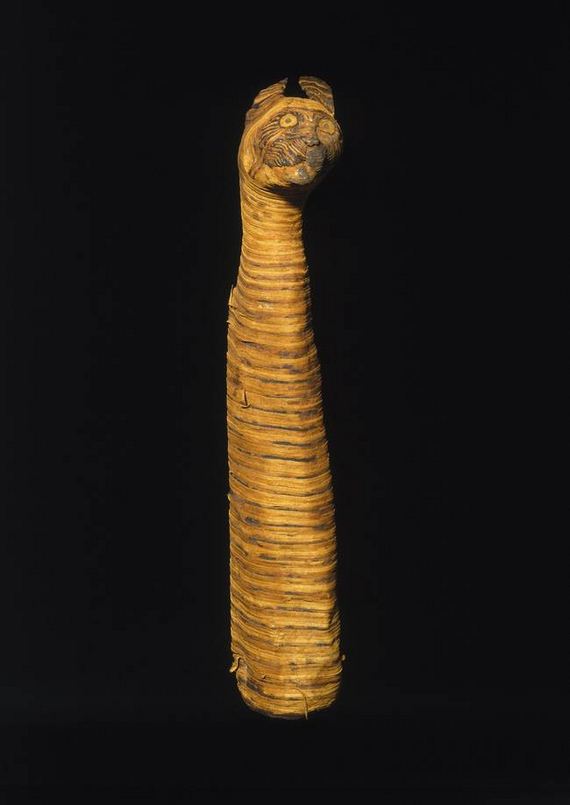
A cat mummy with a painted face. 780-390 BCE.
Cats are the most commonly-known animals to get the mummification treatment. Dogs, crocodiles, snakes, ibises, cattle, and even shrews were also found in the large cemeteries dedicated to non-human burials. Not only does the research by the Conservation Laboratory shed light on the process of mummification, it also helps us understand more aspects of Egyptian culture.
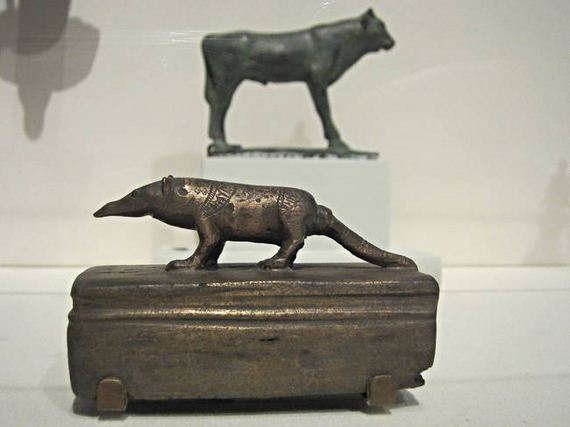
A coffin for a shrew. These little rodents were believed to be the attendants and guardians of the sun god, Ra. 664-30 BCE.
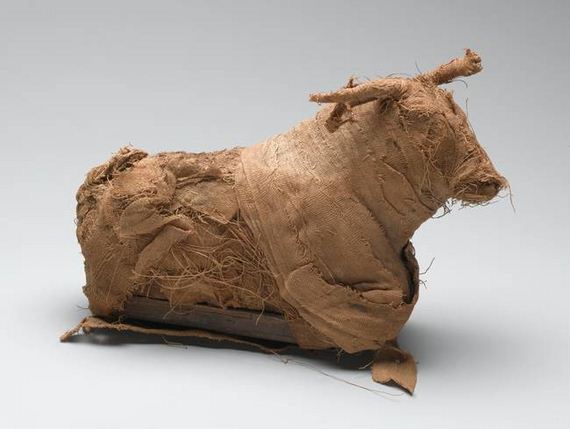
This bull isn’t exactly mummified, but its bones were used to construct a model of a bull from reeds and cloth. 1075-332 BCE.
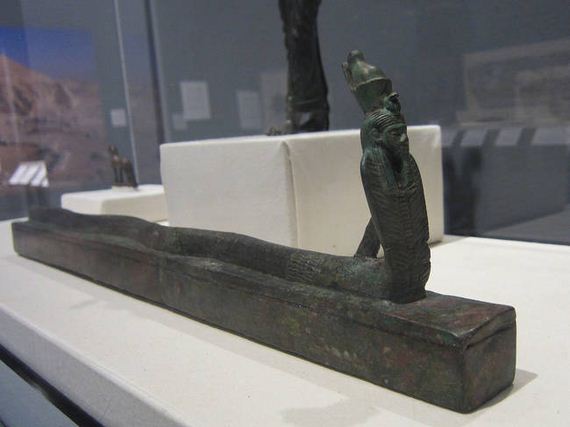
A snake coffin with a decorative head. 664-30 BCE.
 Barnorama All Fun In The Barn
Barnorama All Fun In The Barn